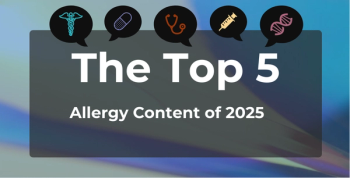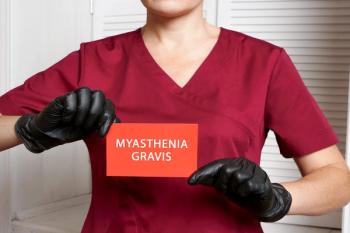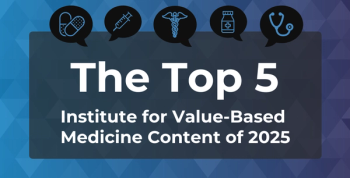
DETECT AS Trial Shows Notification System Closes Care Gaps: Varsha Tanguturi, MD

Varsha Tanguturi, MD, cardiologist and DETECT AS investigator, presented new data on how the findings she and her colleagues saw indicate almost universal increases in rates of aortic valve replacement in patients with severe aortic stenosis (AS), across both provider and patient groups.
The ongoing DETECT AS trial (
In this conversation, she highlights how the findings she and her colleagues saw indicate almost universal increases in rates of AVR, across both provider and patient groups, with one of the most notable findings being the impact on women with aortic stenosis.
“We were hopeful that our intervention would make a difference,” she says. “That's what we all want to do is make care better, but the size of the impact on women was actually quite impressive.”
This transcript has been lightly edited for clarity; captions were auto-generated.
Transcript
Why is aortic stenosis an important area of investigation in preventive cardiology?
I'll back up a little bit. Early on in my fellowship in cardiology, I met a patient who was so sick from his aortic stenosis that he was having all sorts of near death experiences and arrhythmias, but then also kept getting turned down for procedures and to have his valve fixed. It got me thinking: what makes somebody so sick or what makes somebody really fall through the cracks like that for this disease? We really wanted to work upstream to figure out how to make this better, so that all the patients can get better care for their valvular disease. What we wondered about is, if we could tell providers about their patients’ aortic stenosis on echocardiography, if that would help them treat it more often. What we did was randomize providers to either receive a notification or just sort of standard of care and then look to see what the impact was on their treatment rates for aortic stenosis.
How was the notification system integrated into the clinical workflows?
We identified patients with severe aortic stenosis on their echocardiograms and then used this to identify the patients as well as the providers they were associated with. What we did was send an email, as well as an in-basket message, that detailed the fact that their patient had severe aortic stenosis, but then also some guideline-based suggestions for what they could do next that might have included further diagnostics, as well as recommendations for either evaluation or treatment by advanced or interventional providers to help treat the disease.
What are key findings you would like to highlight from the DETECT AS trial?
The thing we were most impressed with was that the notification seemed to make rates of aortic valve replacement higher, really, across the board, so across provider groups—meaning specialty types—as well as across patients. It was pretty impressive to see that the most notable impact was actually on women. There was a pretty impressive disparity in the usual care arm between men and women in their treatment rates, and then with notification, that disparity nearly melted away. When we look at providers, about 50% of the group was cardiologists, but about 50% of the group was also either primary care doctors or other specialists, non–cardiology-based physicians, and in both of those groups, there was a notable improvement in AVR rates.
Were there any surprising results?
I think that gender disparity actually really surprised us. We were hopeful that our intervention would make a difference. That's what we all want to do is make care better, but the size of the impact on women was actually quite impressive.
It’s not entirely clear why. There's many hypotheses. There's some things about women's hearts that might make them more prone to certain types of aortic stenosis that are, frankly, just a little more complicated and harder to pick up, like that, and so that might make it harder to identify on an echocardiogram by someone who's looking quickly. It might be that the symptoms are vague or maybe minimized by patients in different ways, for different reasons, but really we don't know for sure.
Newsletter
Stay ahead of policy, cost, and value—subscribe to AJMC for expert insights at the intersection of clinical care and health economics.







































